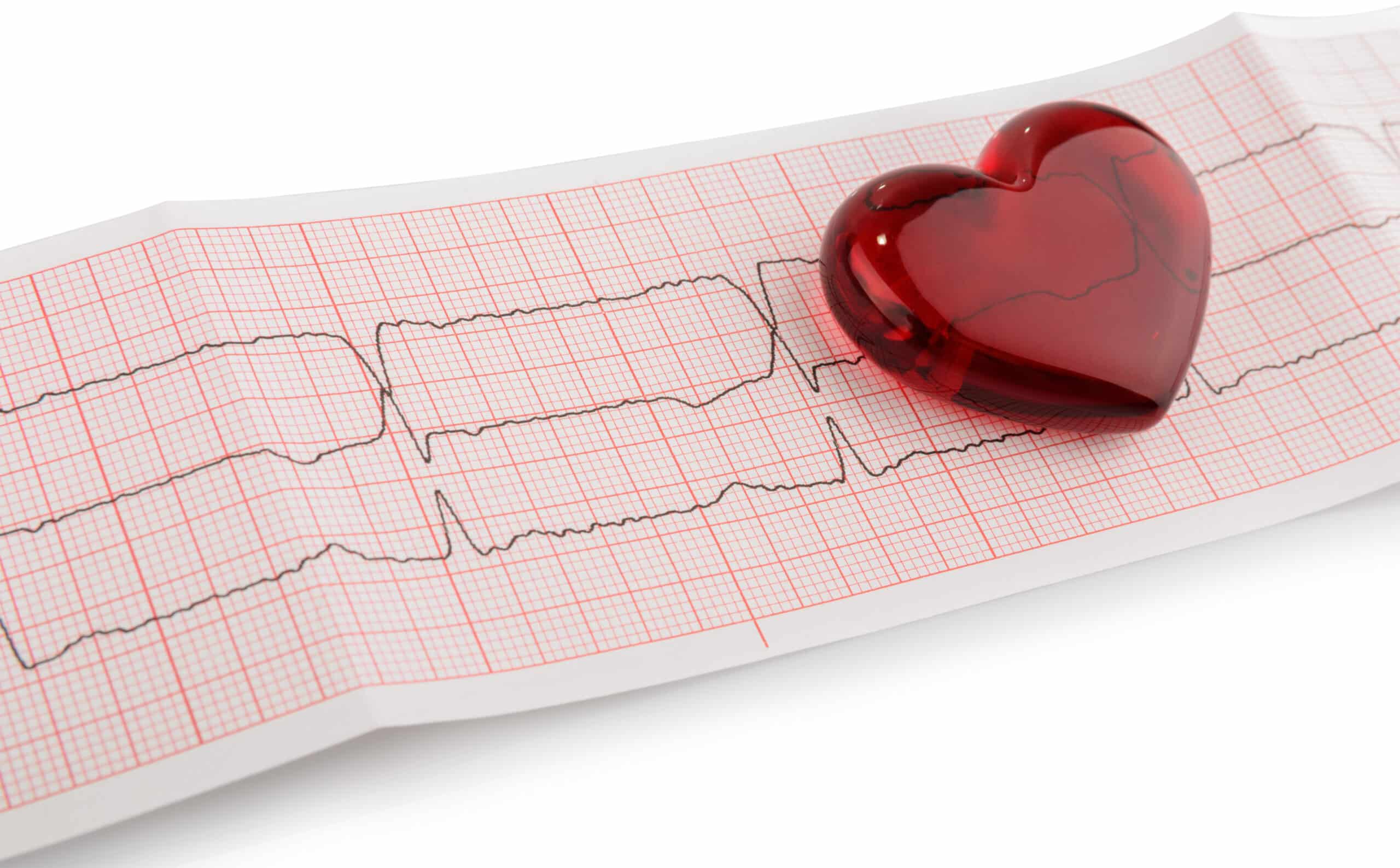While heart attacks strike both men and women, women are more likely to die from it. This isn’t just because of the physical difference between the genders, there is growing concern that this problem is largely due to flaws in how conventional medicine approaches these differences and the general inability to recognize and act upon the symptoms in the female gender.
Most heart attacks are not dramatic, pain filled episodes with patients laying on the floor clutching their chests, as seen on television. Rather the pain can be gradual and is often mistaken for indigestion or muscle aches, and women are more likely to present without any pain or experience uncharacteristic symptoms like back, jaw, or neck discomfort accompanied with fatigue. Such symptoms are most often overlooked or are attributed to another cause, this causes failure to get the required help and treatment delays that lead to more heart damage and possibly death.
The Heart and Stroke Foundation of Canada has provided statistics showing that women are less likely than men to be given an EKG to detect heart attack within 10 minutes of arrival at an emergency room, which is the recommended protocol.
Diagnostics used are geared also geared towards men. Troponin the biomarker used to diagnose a heart attack was set using data collected mainly from men, who have as much as 2.4 times as many circulating as women. This results in troponin levels of women experiencing a heart attack not always reaching the diagnostic threshold; as many as one fifth of heart attacks among women are missed when the male threshold is used.
Angiography also has shortcomings, which is good at identifying blocked coronary arteries in heart attacks, but half of the women with ischemic heart disease don’t have blocked coronary arteries at all. Rather these women tend to have damage in smaller blood vessels, this microcirculation blockage is not detected by angiography but can be seen in imaging tests such as PET and SPECT which aren’t typically offered and result in underdiagnosis among women.
Treatment guidelines for heart attack being largely based on data collected from men is one of the biggest underlying issues. The American Heart Association conedes the recommended treatment may benefit women but there is a lack of definitive data on sex differences in the treatment. Experts suggest that more women are needed to be included in clinical trials, and that additional research into the differences between the sexes in cardiovascular diseases is needed to be carried out.
Women are also less likely to receive the recommended post heart attack therapies such as medications which can reduce mortality following a heart attack and referral for cardiac rehabilitation, those that do are also more likely to withdraw from the program before finish which compounds the issue.
Doctors can and do save lives every day, but it is important to be aware of potential shortcomings in the conventional medical system and be proactive in protecting your health. Around the globe cardiovascular disease is a top cause of death, it is important that women learn to spot the signs of heart attack, and advocate for new diagnostics which could mean the difference between life and death.




